Clomid Clomiphene 50mg
$380
Order Clomid Without Prescription online USA.Clomifene, also known as clomiphene, is a medication used to treat infertility in women who do not ovulate, including those with polycystic ovary syndrome.[5] Use results in a greater chance of twins.[5] It is taken by mouth once a day, with a course of treatment that usually lasts for five days.[5]
Common side effects include pelvic pain and hot flashes.[5] Other side effects can include changes in vision, vomiting, trouble sleeping, ovarian cancer, and seizures.[5][6] It is not recommended in people with liver disease or abnormal vaginal bleeding of unknown cause or who are pregnant.[6][7] Clomifene is in the selective estrogen receptor modulator (SERM) family of medication and is a nonsteroidal medication.[7][8] It works by causing the release of GnRH by the hypothalamus, and subsequently gonadotropin from the anterior pituitary.[6]
Clomifene was approved for medical use in the United States in 1967.[5] It is on the World Health Organization’s List of Essential Medicines, under the category “Ovulation inducers” (Complementary List).[9] Its introduction began the era of assisted reproductive technology.[10]
Clomifene (particularly the purified enclomiphene isomer) has also been found to have a powerful ability to boost or restore testosterone levels in hypogonadal men
Ovulation induction
Clomifene is one of several alternatives for ovulation induction in those who are infertile due to anovulation or oligoovulation.[12] Evidence is lacking for the use of clomifene in those who are infertile without a known reason.[13] In such cases, studies have observed a clinical pregnancy rate 5.6% per cycle with clomifene treatment vs. 1.3%–4.2% per cycle without treatment.[12]
Proper timing of the drug is important; it should be taken starting on about the fifth day of the cycle, and there should be frequent intercourse.[7][12][14]
The following procedures may be used to monitor induced cycles:[12]
- Follicular monitoring with vaginal ultrasound, starting 4–6 days after the last pill. Serial transvaginal ultrasound can reveal the size and number of developing follicles. It can also provide presumptive evidence of ovulation such as the sudden collapse of the preovulatory follicle, and an increase in fluid volume in the rectouterine pouch. After ovulation, it may reveal signs of luteinization such as loss of clearly defined follicular margins and appearance of internal echoes.
- Serum estradiol levels, starting 4–6 days after the last pill
- Adequacy of LH surge by urine LH surge tests 3 to 4 days after last clomifene pill
- Post-coital test 1–3 days before ovulation to check whether there are at least 5 progressive sperm per HPF
- Mid-luteal progesterone, with at least 10 ng/ml 7–9 days after ovulation being regarded as adequate.
Repeat dosing: This 5-day treatment course can be repeated every 30 days. The dosage may be increased by 50-mg increments in subsequent cycles until ovulation is achieved.[12] It is not recommended by the manufacturer to use clomifene for more than 6 cycles.[7][15]
It is no longer recommended to perform an ultrasound examination to exclude
any significant residual ovarian enlargement before each new treatment cycle.[12]
Other uses
Clomifene has also been used with other assisted reproductive technology to increase success rates of these other modalities.[16]
Clomifene is sometimes used in the treatment of male hypogonadism as an alternative to testosterone replacement therapy.[17] The medication has been used at a dosage of 20 to 50 mg three times per week to once daily for this indication.[18] It has been found to increase testosterone levels by 2- to 2.5-times in hypogonadal men at such dosages.[17][18] Despite the use of questionnaires in testosterone replacement comparator trials being called into question, clomifene’s lower cost, therapeutic benefits, and greater value towards hypogonadism improvement have been noted.[19]
Clomifene consists of two stereoisomers in equal proportion: enclomifene and zuclomifene. Zuclomifene has pro-estrogenic properties, whereas enclomifene is pro-androgenic, i.e. it promotes testosterone production through stimulation of the HPG axis. For this reason, purified enclomifene isomer has been found to be twice as effective in
boosting testosterone compared to the standard mix of both isomers.[11] Additionally, enclomifene has a half-life of just 10 hours,[4] but zuclomifene has a half-life on the order of several days to a week, so if the goal is to boost testosterone, taking regular clomifene may produce far longer-lasting pro-estrogenic effects than pro-androgenic effects.[20]
clomid clomiphene 50mg for sale online
Clomifene has been used in the treatment of gynecomastia.[21] It has been found to be useful in the treatment of some cases of gynecomastia but it is not as effective as tamoxifen or raloxifene for this indication.[22] It has shown variable results for gynecomastia (probably because the zuclomifene isomer is estrogenic), and hence is not recommended for treatment of the condition.[23] Pure enclomifene isomer is likely to be more effective than clomifene at treating gynecomastia, because of the lack of the zuclomifene isomer (as noted above).
Due to its long half-life, zuclomifene can be detected in urine for at least 261 days after discontinuation[24] (261 days after discontinuation with a half-life of 30 days, there is still 0.24% of the peak level of zuclomifene being excreted, whereas with a half-life of 10 hours, enclomifene reaches the same 0.24% level in less than 4 days).
Because of its potential for boosting testosterone, clomifene is listed as banned
for use by competitive sportsmen, both in and out of
competition, by the World Anti-Doping Agency, absent an organic etiology of primary hypogonadism.
| Quantity | 100 pills |
|---|
Be the first to review “Clomid Clomiphene 50mg” Cancel reply
Related products
PHARMACEUTICALS
PHARMACEUTICALS
PHARMACEUTICALS
PHARMACEUTICALS
PHARMACEUTICALS
PHARMACEUTICALS
CANNABINOID

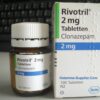
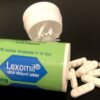
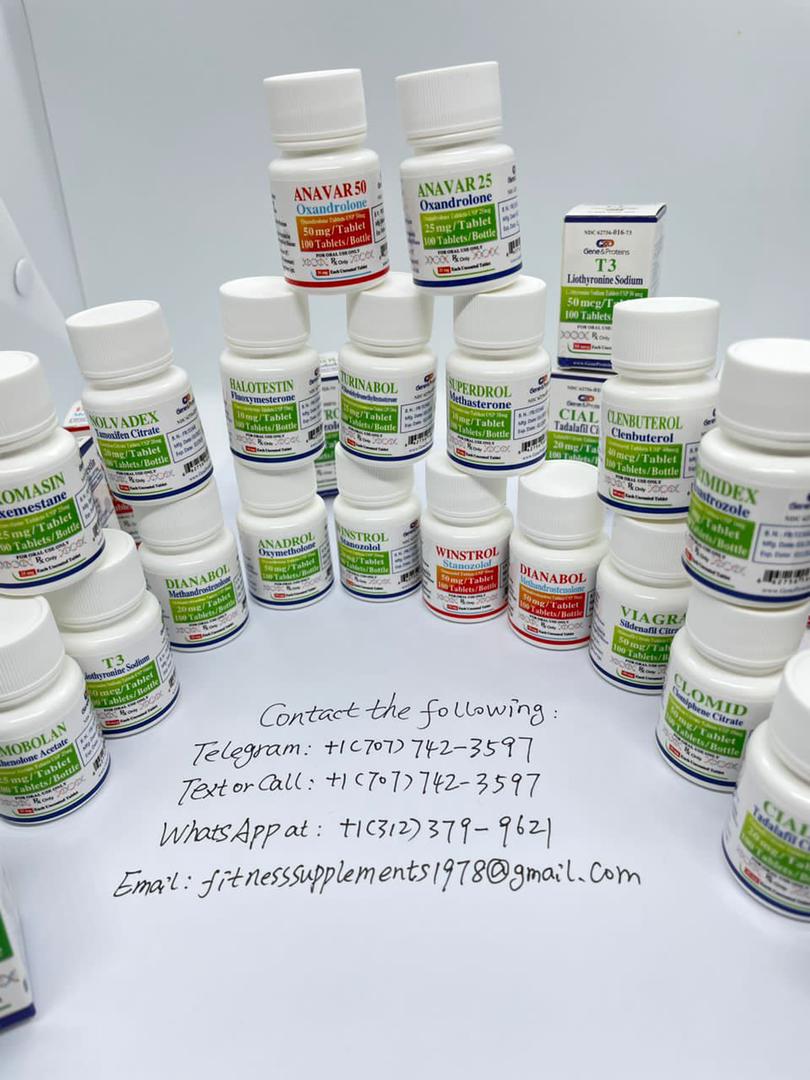
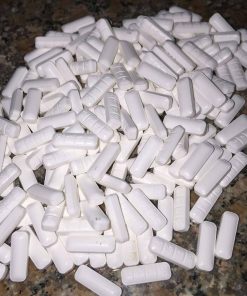
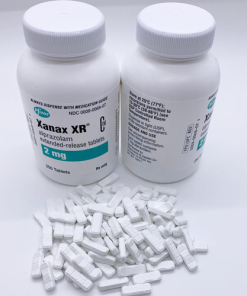
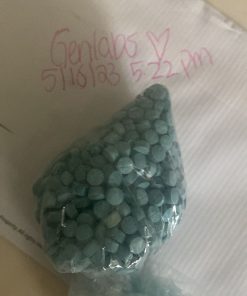
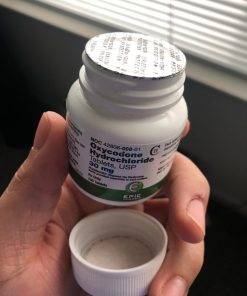
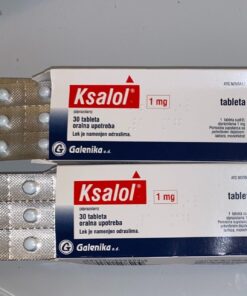
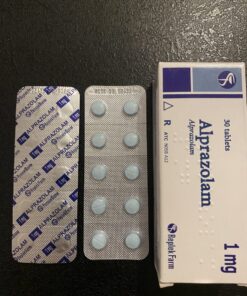
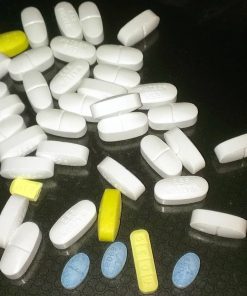
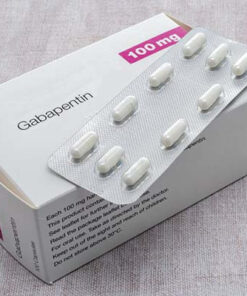
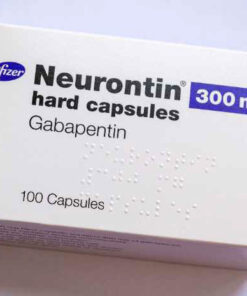
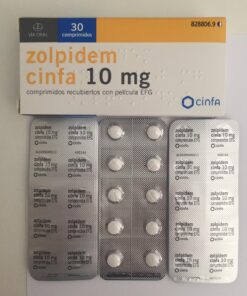
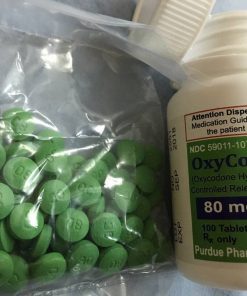
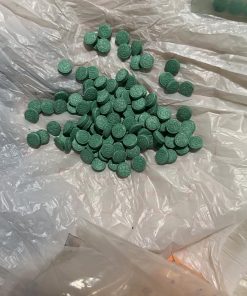
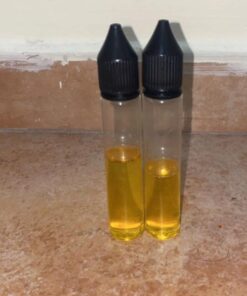
Reviews
There are no reviews yet.